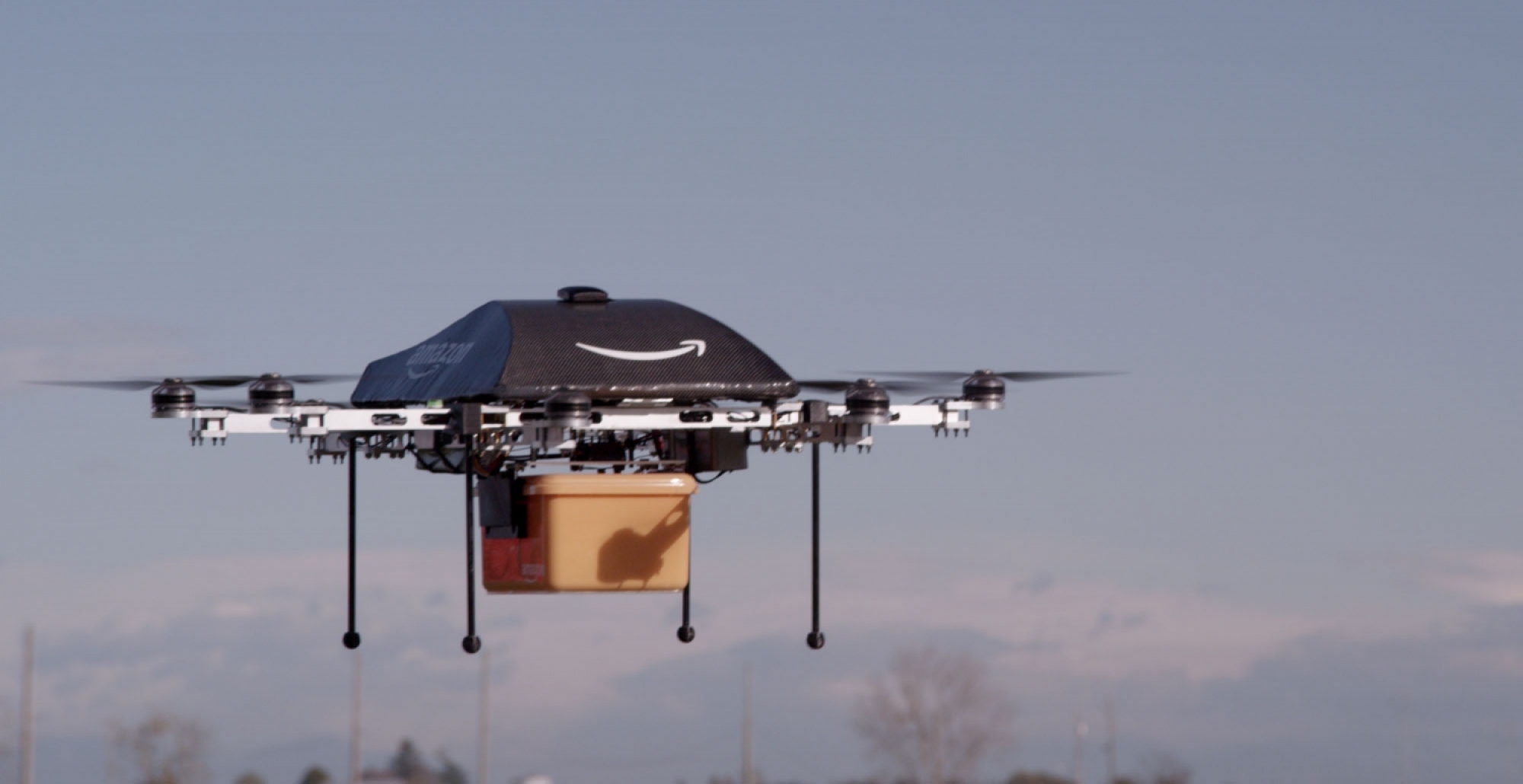The online retail bubble is far from being burst, with eCommerce being the fastest growing retail market in Europe, and us Brits projected to spend over 60 billion by the time Santa has come down the chimney this year.
However, in certain areas of this ever-expanding market, people are starting to raise questions around sustainability, and especially around packaging. Just a few weeks ago, celebrity chef Hugh Fearnley-Whittingstall, ran his widely reported War on Waste campaign, urging big corporations and consumers alike to examine the aftermath their purchases created.
Retail behemoth, Amazon, often criticised for its excessive packaging for single items, has also vowed to investigate better ways of securing items while in transit. eCommerce and fulfilment often presents a tricky balance: warehouses do not want to stock a large variety of box sizes due to the premium placed on space, however, the result of this is often frustration and waste at the final destination, with customers receiving e a large box when a letterbox friendly envelope would have sufficed.
Amazon has recently confirmed it will be trialling a new packaging system that will customise boxes to fit the products inside them, reducing the amount of empty space and waste created. This is good news for sustainability, great news for customers and will provide retailers with a much better reputation as a result of their ‘fit for purpose’ packaging…
In other Amazonian news, the concept of drone delivery is not too far away, with both the US and UK governments approving testing. Amazon Prime Air will use unmanned drones to deliver parcels under 55 pounds in weight in less than 30 minutes, massively reducing logistics and fuel costs. So, while there are concerns around security of the packages, privacy and the fact you can only live 7.5 miles from a distribution centre (as the drones can only manage a 15 mile round trip), there is no doubt drones will play an important role in reducing the environmental impact of the delivery and logistics industry over the medium to long term.
With our soaring demand for ‘next day’ delivery of products, the future for online retailing looks bright, and providing businesses take as much care over the selection of their packaging as they do the selection and pricing of their products, consumers will increase their interest in internet purchasing and remain loyal to brands. Sustainable and cost-effective alternatives to big, bulky boxes and pointless plastic packaging must be examined thoroughly.
